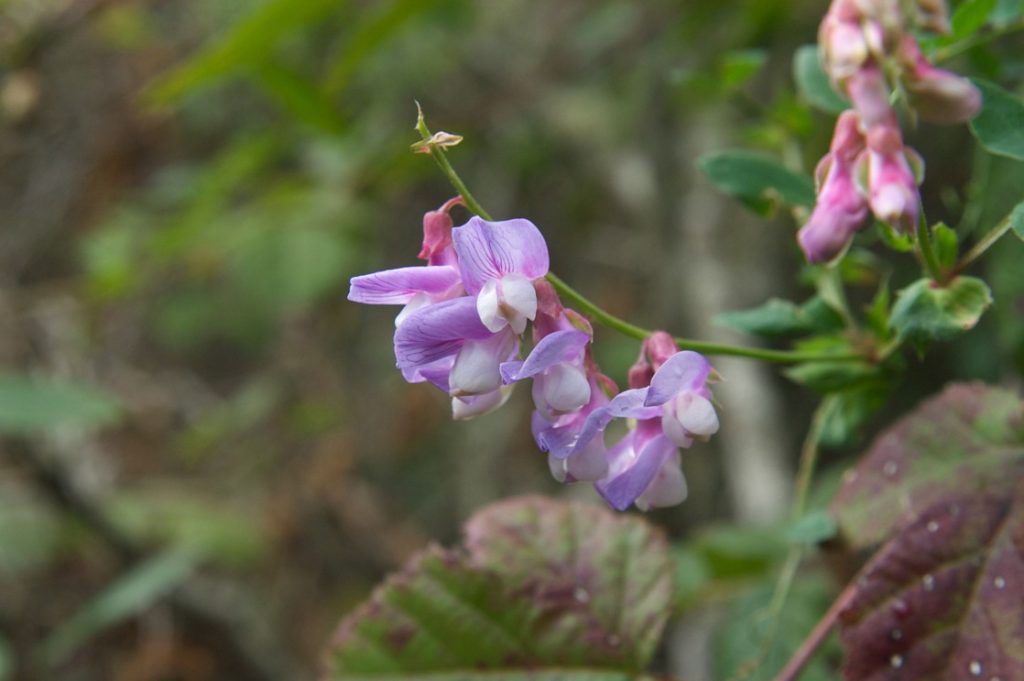21 Introduction to phenotypic variation and patterns of inheritance

Look around any population, whether of people, plants, or bacteria, and you’ll notice a wide array of differences among individuals. These observable characteristics (ranging from an organism’s appearance and development to its behavior) are known as its phenotype. The phenotype arises from an organism’s underlying genetic makeup, or its genotype, which is the specific set of genes it carries.
In this chapter, we will investigate how individual genetic variation contributes to the phenotypic diversity we see in populations, from simple traits controlled by single genes to complex characteristics influenced by multiple genetic and environmental factors. Building on the foundational principles of inheritance first uncovered by Johann Gregor Mendel’s experiments in pea plants (Figure 1), we will examine how this genetic variation is passed from one generation to the next, and, how, the process of inheritance itself contributes to genetic variation across generations.
Glossary
Phenotype: The observable characteristics of an organism, such as its appearance, development, and behavior.
Genotype: An organism’s underlying genetic makeup; its specific set of genes encoded in it’s DNA.
Access for free at https://openstax.org/books/concepts-biology/pages/1-introduction

